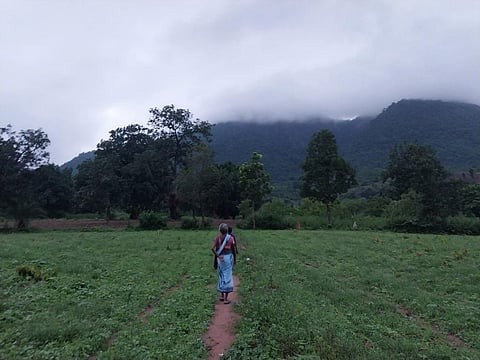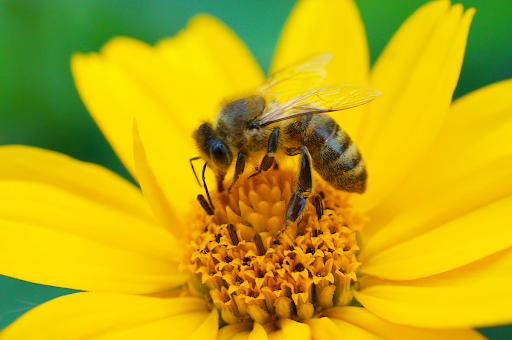



Dongar cultivation is a traditional upland farming system practiced by the Kondh tribes of Odisha, where millets, pulses, and oilseeds are grown together on hill slopes. This eco-friendly method supports food security and biodiversity but is now threatened by the spread of eucalyptus monoculture. Government initiatives like the Odisha Millets Mission and NGO efforts aim to revive and protect this sustainable farming tradition for future generations.

Copyright infringement not intended
Picture Courtesy: Down to Earth
In Odisha’s Rayagada district, the Kondh tribal community has been practicing dongar cultivation—a traditional method of farming on hill slopes. This system involves mixed cropping of millets, pulses, and oilseeds, which supports both food security and biodiversity. However, this age-old practice is now under threat due to the rapid spread of eucalyptus monoculture, promoted by paper mills and commercial interests.
|
Period / Phase |
Key Features |
Farming Practices |
Impact / Outcome |
|
Ancient Period (Pre-Colonial Era) |
Origin among tribal groups, especially Kondhs in Rayagada and nearby districts. |
Mixed cropping of millets, pulses, oilseeds, and tubers on uplands; use of hand tools; organic methods. |
Ensured food security, soil fertility, and biodiversity; community-led farming system. |
|
Colonial Period (British Rule) |
Forest land restrictions and expansion of commercial crops. |
Limited access to forest hills; shifting cultivation continued informally. |
Decline in traditional practices due to forest laws and external interference. |
|
Post-Independence (1947–1980s) |
Focus on Green Revolution and lowland crops like rice and wheat. |
Dongar continued mainly in remote tribal areas with little government support. |
Gradual decline as attention shifted to irrigated and commercial agriculture. |
|
Liberalization Era (1990s–2010) |
Expansion of industrial crops and paper mill plantations. |
Replacement of mixed cropping by eucalyptus and BT cotton; land leasing to industries. |
Soil degradation, reduced biodiversity, and food insecurity among tribal communities. |
|
Recent Period (2010–Present) |
Growing awareness of sustainability and climate resilience. |
Revival of dongar farming through NGOs like Living Farms; millet promotion, seed conservation, organic methods. |
Gradual restoration of traditional systems; improved local nutrition and ecological balance. |
Source: Down to Earth
|
Practice Question Q. Explain the concept of Dongar cultivation and discuss the challenges it currently faces in Odisha. (150 words) |
Dongar cultivation is a traditional upland or hill-slope farming practice followed by the Kondh tribal community in Odisha’s Rayagada district. It involves mixed cropping—growing millets, pulses, and oilseeds together on sloping lands without irrigation.
It supports food security, biodiversity, and climate resilience in tribal areas. The system provides diverse food crops, conserves soil fertility, and requires minimal external inputs.
The main threat is the spread of eucalyptus monoculture, promoted by paper mills.





© 2025 iasgyan. All right reserved